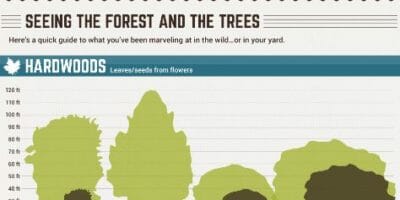Tree Care Throughout The Seasons: Best Practices For Managing Trees Before And Adhering To Elimination
Tree Care Throughout The Seasons: Best Practices For Managing Trees Before And Adhering To Elimination
Blog Article
Produced By-
When it concerns seasonal tree treatment, ensuring correct management before and after removal can significantly impact the health and visual appeals of your landscape. By comprehending the necessary steps associated with evaluating tree health and planning for removal, you can proactively guard your residential property. But what concerning the vital practices to follow once the tree is gone? Stay tuned to uncover the crucial post-removal care actions that will help you grow a successful and lasting setting for your trees.
Pre-Removal Tree Care
Prior to attending to the elimination of a tree, it's important to focus on pre-removal tree care. Beginning by analyzing the tree's wellness and structural integrity. Search for indicators of disease, bug infestations, or any type of architectural concerns that may pose a safety risk during removal. It's essential to speak with a certified arborist to establish the very best strategy.
Trimming dead or diseased branches can stop additional damage to the tree and guarantee a smoother elimination procedure.
In addition, take into consideration the environmental effect of getting rid of the tree. just click the next website play an essential duty in our ecological community, so growing a new tree in a suitable location can help balance out any type of loss. Make sure that you have the required permits and approvals for tree removal, specifically if the tree is shielded by regional guidelines.
Seasonal Maintenance Tips
Examining your tree's requirements throughout the year is essential for its health and longevity. To keep your trees in top condition, adhere to these seasonal upkeep pointers.
In springtime, concentrate on trimming to get rid of dead or damaged branches and motivate new development.
Summer season asks for regular watering, especially during dry spells, to ensure your tree remains hydrated.
As fall techniques, watch out for very early indicators of condition or tension, and think about using mulch to protect the roots during winter months.
In winter, be cautious when removing snow from branches to stop breakage, and remain to monitor your tree's general health.
Remember to readjust your care routine based upon the details demands of your tree varieties and local environment. By staying mindful and positive throughout the seasons, you can aid your trees grow and prosper for several years ahead.
Post-Removal Tree Care
To guarantee the health of your landscape even after tree removal, correct post-removal treatment is important. After a tree is gotten rid of, it's critical to fill the remaining opening with topsoil and small it to prevent settling. This will aid keep the stability of the ground and prevent potential threats in the future.
Consider growing new plant life in place of the removed tree to bring back the balance and visual appeals of your landscape. Regularly water the location to promote the growth of new plants and protect against soil disintegration.
Examine the bordering trees for any kind of indicators of illness or stress and anxiety that might have been caused by the gotten rid of tree. Watch out for insects that could've been attracted to the previous tree and take safety nets to shield the remaining greenery.
If essential, seek advice from a specialist arborist to examine the influence of the elimination on the surrounding trees and determine any additional care required. By arborist cost to these post-removal treatment steps, you can guarantee the continued health and beauty of your landscape.
Final thought
In conclusion, positive seasonal tree treatment is essential for maintaining the wellness and equilibrium of your landscape. By assessing tree health, trimming, and seeking advice from an arborist prior to elimination, you can make certain a risk-free process. After elimination, filling up the hole, planting new plants, and regular watering will promote new development and stop erosion. Keep in mind to check surrounding trees for illness and seek more care measures from an arborist to keep your landscape growing.
